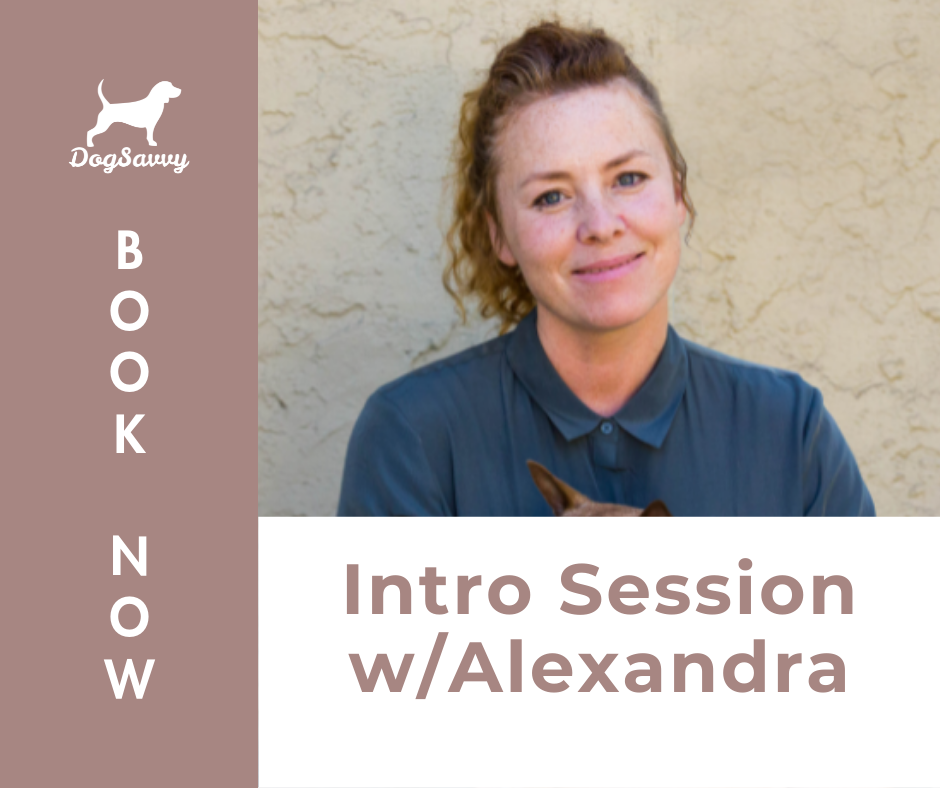Understanding Dog Selectiveness: Why Some Dogs Are Picky About Their Canine Companions
Just like humans, dogs have unique personalities and temperaments that influence their social interactions. While some dogs are extremely social and enjoy the company of any dog they meet, others are more selective and prefer to choose their canine companions carefully. This phenomenon is often referred to as "dog selectiveness," and it's essential to understand the factors that contribute to it.
Influencing Factors
A dog's level of dog selectiveness is shaped by a combination of genetic, environmental, and socialization factors. Some of the key influences include:
Inherited gene pool: A dog's genetic makeup can determine their behavioral tendencies, such as their energy level, play style, and overall temperament. For example, some breeds are naturally more reserved or cautious, while others are more outgoing and social.
Early socialization experiences: The early socialization window, which occurs between 3-16 weeks of age, is a critical period for shaping a dog's social preferences. During this time, puppies learn to interact with their littermates, human caregivers, and other animals, which can influence their future social behavior.
Overall socialization history: A dog's socialization history, including their experiences with other dogs, people, and environments, can also impact their level of dog selectiveness. Positive interactions with other dogs can help build confidence and reduce selectiveness, while negative experiences, such as being attacked or bullied, can lead to increased caution or fear.
Traumatic experiences: A dog that has been attacked or traumatized by other dogs may become more selective or even fearful around other dogs, leading to increased caution or avoidance behaviors.
Lack of socialization: Dogs that have not been socialized properly, or have had limited exposure to other dogs, may become more selective or anxious in the presence of other canines.
Play Styles and Preferences
Dogs have different play styles, which can affect their compatibility with other dogs. Some breeds, like boxers and bully breeds, tend to be more "rough and tumble" and enjoy intense play, while others, such as Australian shepherds and cattle dogs, prefer a more energetic but less intense play style. When dogs with different play styles interact, it can lead to conflicts or discomfort, causing them to become more selective about their playmates.
Size & Breed Matters
Size and breed can also play a significant role in dog selectiveness. While some small dogs, like French Bulldogs, may enjoy playing with larger dogs, many small breeds are intimidated by bigger dogs and prefer to avoid interactions with them.
On the other hand, some larger dog breeds, such as high-drive breeds like German Shepherds, Belgian Malinois, and Border Collies, may have a strong prey drive or high energy levels that can make them more challenging to interact with, especially for smaller dogs.
Additionally, some breeds, like sight hounds, may have an innate instinct to chase smaller animals, which can put small dogs at risk.
Furthermore, breeds with a high prey drive, such as terriers and hunting breeds, may view small dogs as "prey" if they have not been socialized properly. Dog owners must be aware of these dynamics, especially when visiting dog parks or other areas where dogs of varying sizes and breeds interact.
Responsible dog ownership includes recognizing potential size- and breed-related conflicts and taking steps to prevent them, such as supervising interactions closely, introducing dogs slowly and in a controlled environment, and being mindful of the energy levels and play styles of the dogs involved.
Age and Over-Socialization
As dogs mature, their social preferences can change. Puppies are often more social and eager to play with any dog they meet, but as they grow older, they may become more selective about their playmates. Older dogs, in particular, may prefer to avoid the energetic and playful nature of younger dogs, opting for more low-key interactions. Over-socialization can also occur if a dog is exposed to too many unpleasant experiences at dog parks or other social gatherings, leading to increased selectiveness.
The Mystery of Canine Chemistry
Sometimes, it's challenging to determine why some dogs get along while others don't. It could be related to their scent, body language, or the way they present themselves. Just like humans, dogs have unique personalities, and their chemistry with other dogs can be unpredictable.
Human-Centric Dogs
Some dogs prefer the company of humans to other dogs. These dogs often sit by their owner's side at the dog park, looking uninterested in the surrounding canine activity. This preference for human companionship can be due to various factors, including breeding, socialization, and individual personality.
Embracing Dog Selectiveness
It's essential to recognize and respect a dog's individual social preferences, rather than trying to force them to interact with other dogs. By understanding the factors that contribute to dog selectiveness, we can create more harmonious and enjoyable social experiences for our canine companions. Whether your dog is highly social or more selective, it's crucial to prioritize their comfort and happiness in social situations, ensuring a strong and healthy bond between you and your furry friend.
About the Author: Certified Dog Trainer, Alexandra Bassett
Los Angeles dog trainer, Alexandra Bassett, is the lead dog trainer and behavior consultant at Dog Savvy, a private dog and puppy training company specializing in game-based dog training and positive training solutions for issues such as dog separation anxiety, leash reactivity, excessive barking, and aggression.
She is certified as Knowledge Assessed by the Council of Professional Dog Trainers (CPDT-KA) and is available for online dog training sessions via Zoom.


